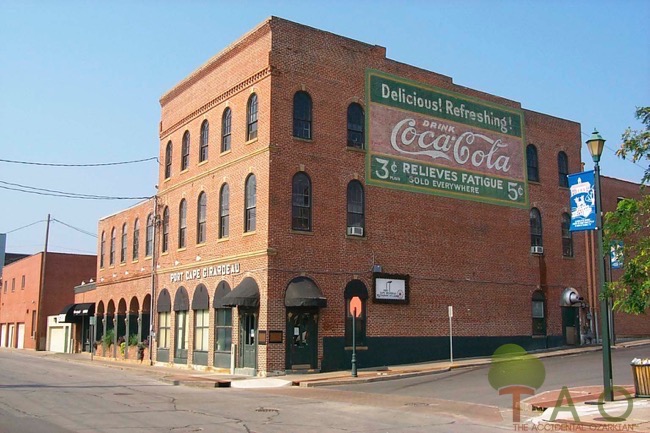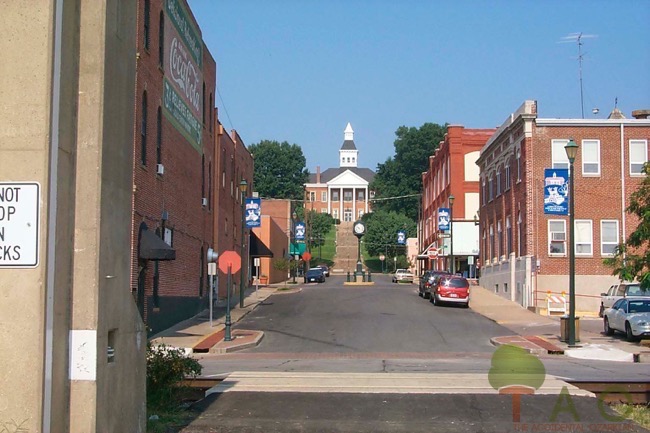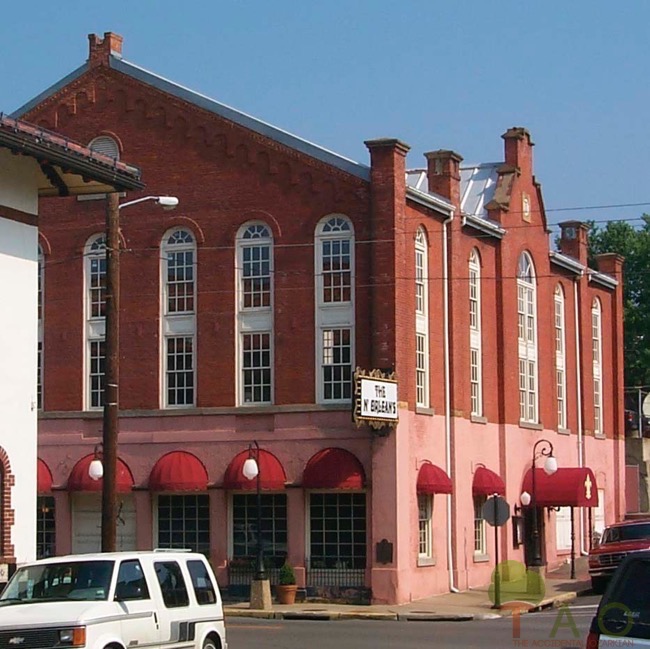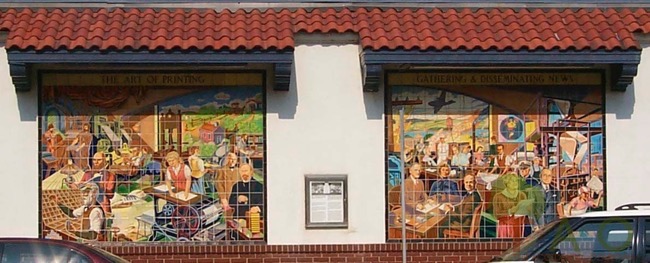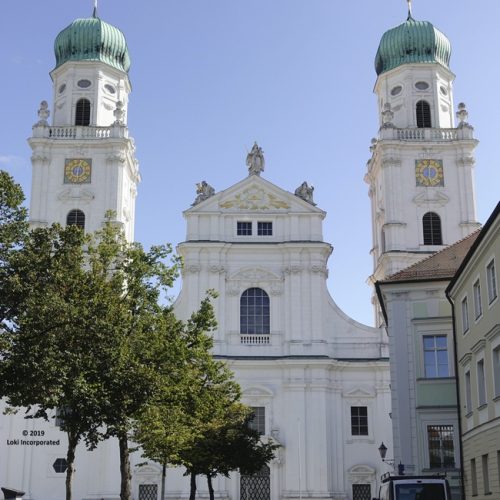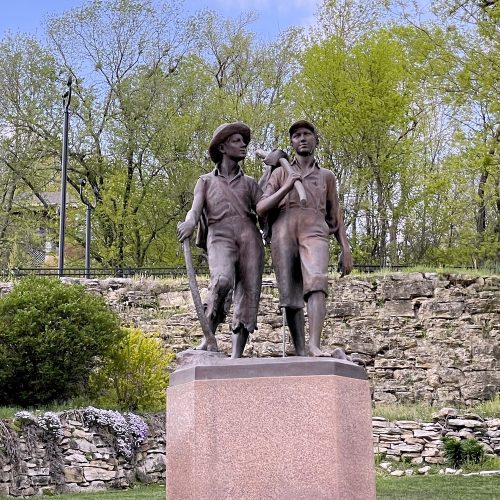Where I revisit a summertime trip to Cape Girardeau …
Putt and swat. Wipe the sweat and swat. Putt some more . . .
That was the sequence last summer while my family and I worked our way around what seemed like an endless trail of little mounds with garden gnomes at the local driving/goofy golf range. I think it was located next to a mosquito farm in Cape Girardeau.
While I cannot recommend the putt-putt course in that town, I can and will recommend that if you haven’t ventured to the city with the European influence on the Mississippi River, you oughta go—just once.
We wound up there because of a vehicular air conditioning loss. Our loss, though, was ultimately our gain.
Why Cape Girardeau?
Cape Girardeau is chock full of history for all types of history buffs. If you favor studying the Civil War, you’ll be pleased to know that Gen. Grant headquartered one winter in a building down by the river, Port Cape Girardeau. Supposedly, he chose this particular building for not only its vantage point, but for its thick walls. Unfortunately, the building is a restaurant, and no tours of the General’s office are available. What a loss of income for those proprietors.
Just down the street from Gen. Grant’s headquarters stands the Common Pleas Courthouse, which was finished in 1854. The grounds around the courthouse have played host to Indian Council meetings and presently contain several war memorials.
Victorian homes, Old St. Vincent’s Church (1853), and the Opera House are just a few stops on an historical walking tour of the downtown area.
Of course, there’s always the river walk, too. Murals on the floodwall and on buildings celebrate the city’s rich history, with its Spanish and French influences. The Missouri Wall of Fame is one such mural and contains 45 images of famous Missourians painted on a 500-foot area of wall.
For river lovers, the Cape River Heritage Museum in the old Fire Station contains artifacts and historical documents from the river.
If you take a moment and stand on the banks of the river, you might want to imagine a time when the Cherokee Nation crossed the river on its forced march, “The Trail of Tears.” The good people of Cape Girardeau came down to the river and aided the weak and sick people in the party.
And there’s more …
But history can be recorded from further back in time than the Trail of Tears. Over on Fountain Street stands the Old Lorimier Cemetery, established in 1808. In it lies Uriah Brock, a Revolutionary War veteran. He lived in the Judith Ann Crow House on Themis Street in 1821.
And for you “Ditto Heads” out there, you may even decide to take a tour of Rush Limbaugh’s stomping grounds, as Cape Girardeau is his hometown. A self-guided tour takes you by Rush’s home, his school, his family’s law-practice, and the place where Rush worked as a shoeshine boy, to name a few spots.
Finally, for simpletons such as I am, a chance to stand alongside the floodwall and look at the marks from floods and river risings gone-by brings home the lesson of the power of the river. I felt like Jack from the story, “Jack and the Beanstalk,” since the walls are so tall and the gates so wide.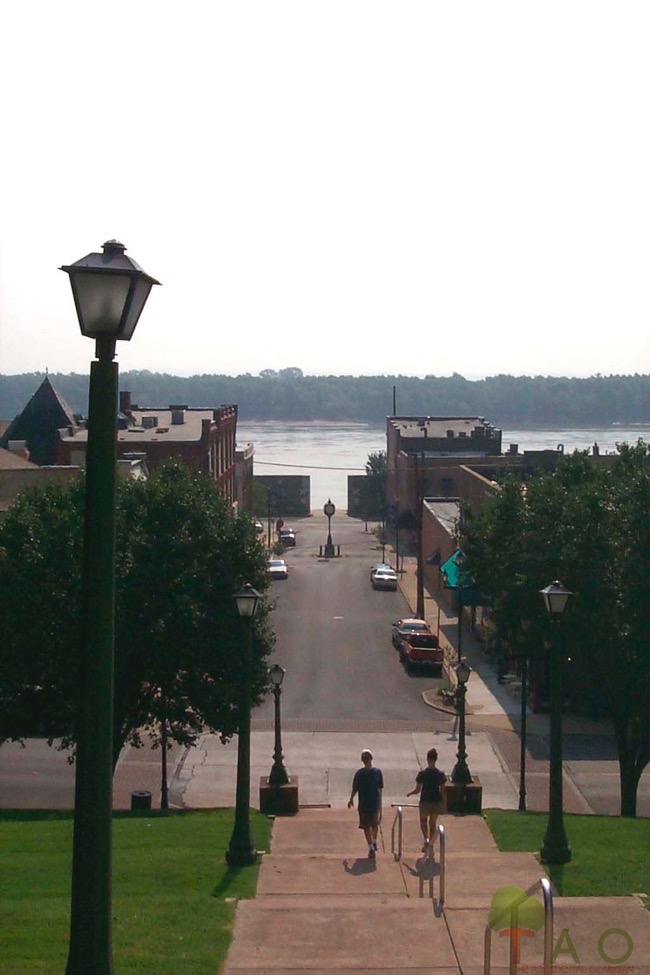
The Army Corps of Engineers should be proud of their accomplishments in Cape Girardeau, especially since it built a wall for the city’s security that does not detract from the view of the old river.
The only disadvantage to visiting Cape Girardeau in the summertime is the abundance of mosquitoes. This time of year would be a grand time to take a long weekend, avoiding the little pests, and, as the local Convention & Visitors Bureau recommends, “Escape to the Cape.”
Discover more about Cape Girardeau: https://www.cityofcapegirardeau.org
First published in 2002.

